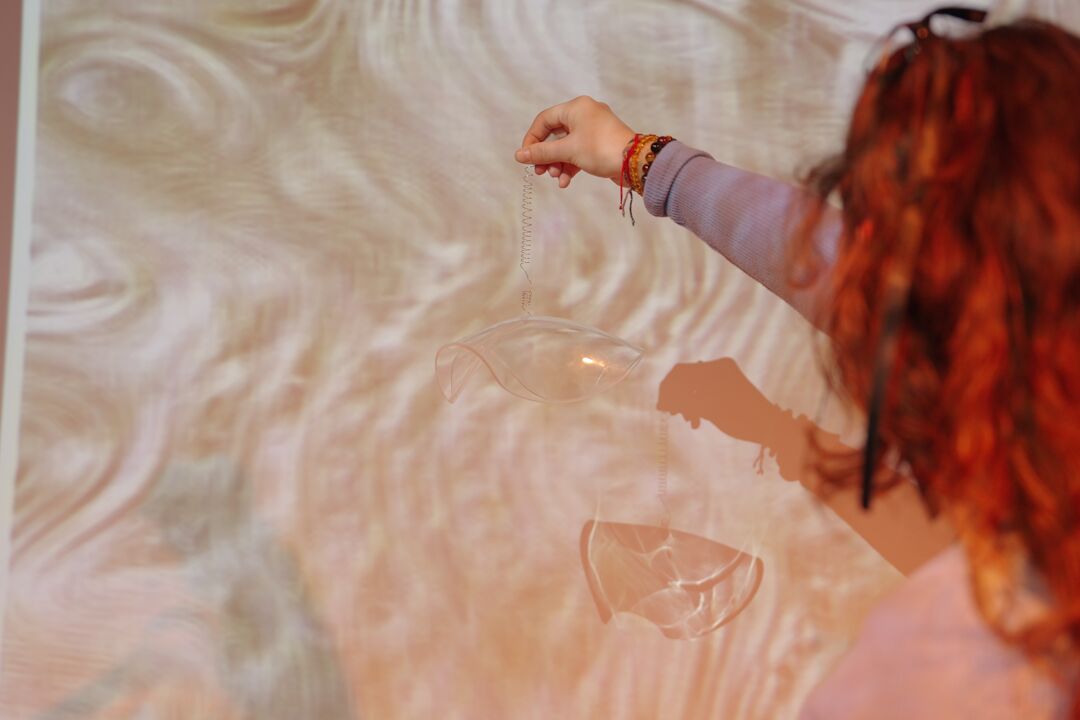
Blog Article

We spoke to Mark Brill, Senior Lecturer in MA Future Media and MA Creativity, Making and Innovation Practice, about what we can expect from the future of Digital Marketing in the next year and beyond, in addition to upcoming marketing opportunities and threats.
In less than two years we’ve witnessed a ten-year shift in digital usage. From video calling to online purchasing, user behaviour has changed significantly. Data from the ONS illustrates this shift - at the start of the pandemic saw a leap in ecommerce from 20% to nearly 35% of UK retail [i]. Whilst this is partly a forced adoption, the evidence is that the trend will continue. It’s not just retail though. Services that once were thought to be tricky to digitise, such as health, have successfully moved online. Inevitably the colossal changes in consumer behaviour have also impacted on digital marketing and the technologies associated with it, known as martech. It has highlighted the need for a more meaningful brand engagement in digital channels.
So, what can we expect from the year ahead? In many ways, more of the same. Whilst Facebook, sorry Meta, will tell us that the metaverse is the future, that adoption will not happen this year, if ever. During the Pandemic we saw a significant increase in video calling, yet there was no rush to buy VR headsets. Whilst Zoom’s user base increased by 400% [ii] in the first few months after lockdown, it was not mirrored by an uptake in VR meeting platforms. The big shift happened in the digital transformation of products and services, but virtual, augmented or extended realities remain niche. The job of marketing in the next year is to keep up with the changes in consumers offering both opportunities and challenges along the way.
MA Future Media
Find out more about our MA Future Media course
The Opportunities
Much of the opportunity for the next year comes from technology, or rather, its adoption.
‘At least we have TV’ was an oft quoted phrase in advertising and marketing. The effectiveness of that channel, however, will not hold true for much longer. With the likes of Netflix, Prime and Disney, streaming will become the primary means of viewing programmes, TV advertising will be less significant. It places greater need and emphasis on digital marketing channels.
Technology has been driving martech for some years, and in 2022 that will be even more so. We’ve already seen machine learning systems that can interpret data and identify audiences or behaviours. The next 12 months will see that increase, and although artificial intelligence in its true sense has not yet arrived, smarter systems will further automate much of the process of marketing. For example, we are not far from a point where automated system can not only identify audiences but also write copy or even design communications.
What is interesting about this automation is that it is accessible to even the smallest businesses. Platforms such as Hubspot offer easy access to increasingly intelligent marketing systems and software such as Shopify will further automate the process of e-commerce. We will also see the ‘platformisation’ of the big digital platforms with Google, Meta and Amazon expanding tools for martech. TikTok is undoubtedly the platform to watch for 2022. As the primary Gen Z social channel, there will be new marketing offers that will support brand engagement with this audience.
The Threats
Martech is not without its challenges. Fraud will remain a major issue for the next year and beyond. That takes the form of both fraudulent advertising but also the placement of legitimate marketing. Known as advertising or marketing effectiveness, fraud has the potential to undermine trust by the consumer and for brands who use these automated systems. Other challenges include the end of the cookie as we know it. Conventional ways of tracking and retargeting customers are likely to disappear next year as a result of changes from Google and Apple. Whilst that presents a challenge it is also an opportunity to develop newer, perhaps more meaningful ways to engage with customers.
85% of digital marketing and advertising happens within just three platforms – Google, Meta and Amazon. With increasing automation, there is a risk that control of marketing rests with this triumvirate of businesses. The greatest challenge here is also one of consumer trust. Facebook and others have been slow to tackle hate speech or false political advertising, so it is likely that brands will be less keen to be associated with them by withdrawing their advertising.
Perhaps the biggest challenge with marketing automation is that it has become a numbers game. How many of our audience can we identify and reach? The problem is that it doesn’t take account of the creative element of digital marketing. How do we want to engage our customers? Is it a case of pushing out enough communications or can we make them more meaningful, interesting or fun?
Martech will offer some exciting opportunities in the coming year for all size of business to engage with their audience. However, its essential that it is underpinned by authenticity and well thought-out campaigns that consumers want to see. Automation can help with that process but ultimately we still need the human input of experienced marketers to deliver





